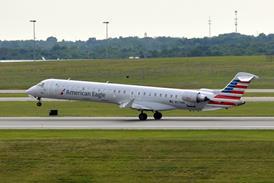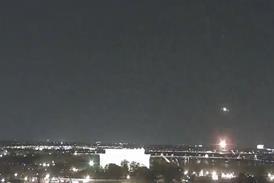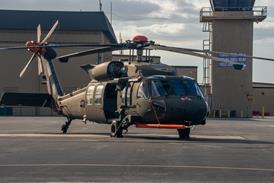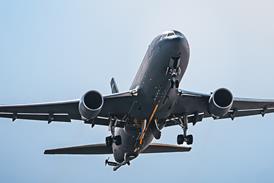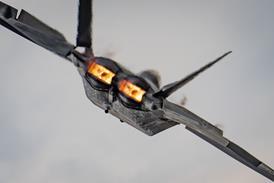A ground service provider in Singapore has set speed limits for its towing tractors when moving aircraft, following an incident where a SilkAir Boeing 737-800 was damaged during a pull forward by such a vehicle.
The incident happened on 6 December 2015, when a ground crew was pulling the aircraft, registered, 9V-MGM, at Singapore Changi airport in preparation for a flight to Phuket . The jet's right engine was started as the aircraft was being pushed back from the bay using a tractor and a towbar. Thereafter, during the forward pull, the aircraft's left engine was started.
The tractor driver said he experienced difficulty in controlling the moving aircraft and sensed that the jet was pushing the vehicle. This, he said, caused the tractor to accelerate and drift to the left. He tried to slow down the jet by applying brakes gradually, and eventually applied full brakes to stop it before the reaching the end-of-tow line. It was raining at the time.
The towbar. however. broke, and the tug swung to the left, impacting the left side of the aircraft which had surged forward. This resulted in structural damage to the 737's lower left front fuselage just behind the radome. No one was injured, however Flight Fleets Analyzer shows that the aircraft was out of service for just over one month.
In its investigation, Singapore's Transport Safety Investigation Bureau found that the tug drifted to the left because the centres of gravity of the tractor, towbar and aircraft were not in line. As the angle between the centerline of the tug and the towbar increased, the mount flat eventually came into contact with the stop plate in the tow hitch, eventually becoming stuck.
That caused the tractor and the tug to be pushed further to the left by the momentum of the aircraft. The folding over of the tractor against the end of the tow bar caused the skin of the tow bar to tear, sending the tug further anti-clockwise. The complete breakoff of the towbar from the tug also caused the aircraft to surge forward, colliding with the vehicle.
It adds that the tractor driver's sense that the vehicle was being pushed by the aircraft was related to his application of the brake. As the aircraft was being towed at a relatively high speed of 11km/h or more, made the sensation even more pronounced.
The investigation also found it unlikely that the start of the second engine would have contributed to the sensation that the tractor was being pushed by the aircraft.
The Bureau has since recommended that the ground service provider provide training on the effects of pushing aircraft with engines operating, and the effects of aircraft weight and excessive towing speeds on aircraft pushback.
The ground service provider has since reviewed its procedures and set a speed not exceeding 5km/h and 10km/h for pushback and pull forward respectively. The pull forward speed should be reduced further to 5km/h in wet or slippery conditions.
Source: Cirium Dashboard


